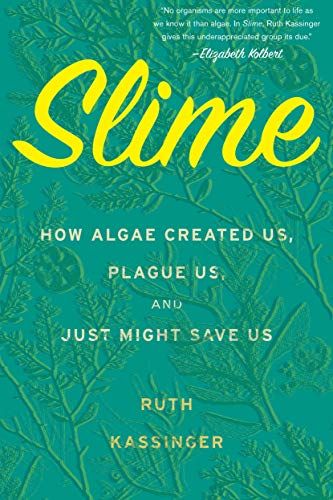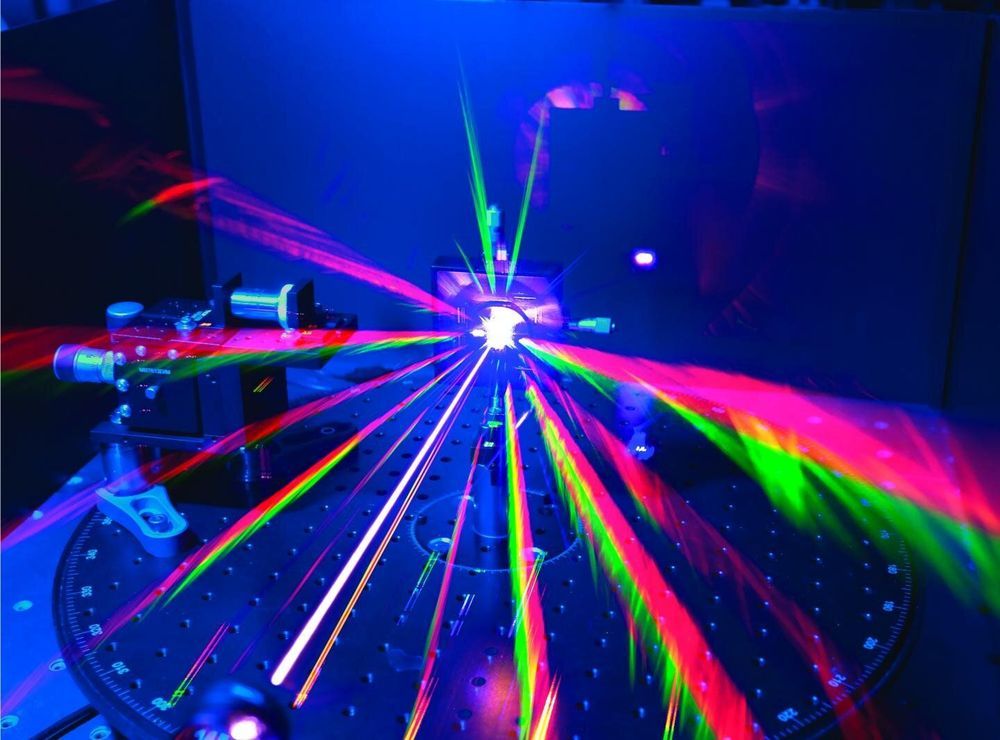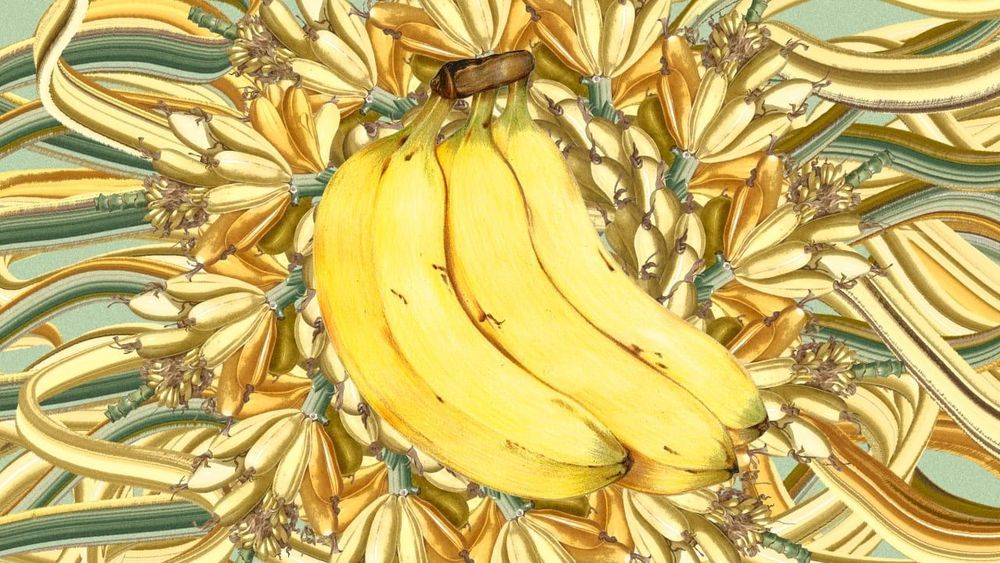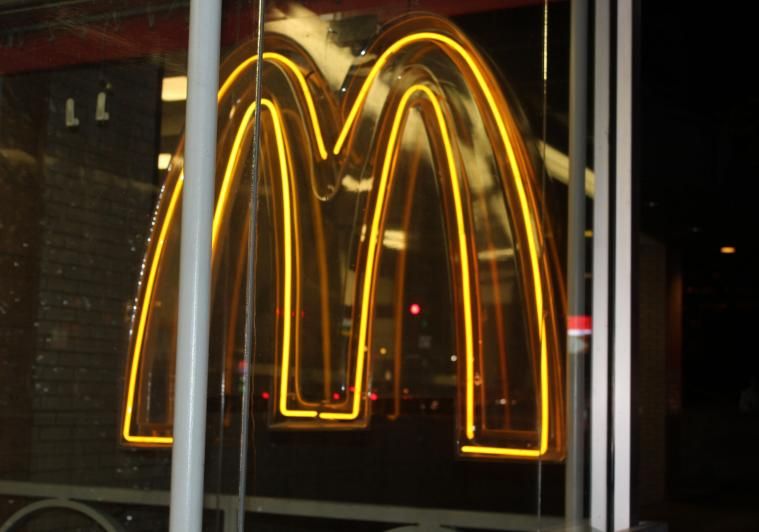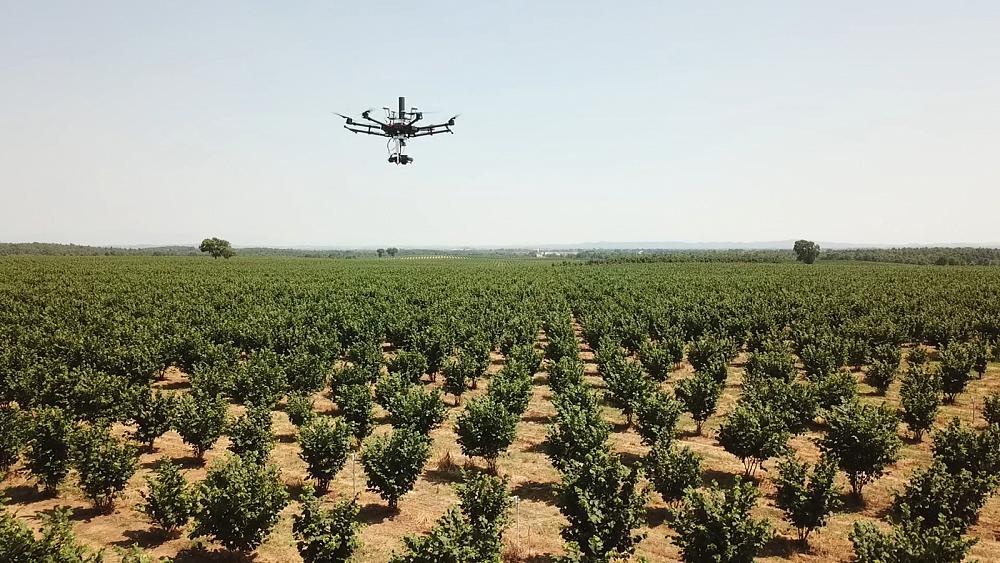The Martian frontier is yours in Occupy Mars — the upcoming (as of today: Coming soon) highly technical open world simulation game about Mars colonization from Polish indie game developer Pyramid Games. In the game you will be able to “build and upgrade your base, discover new amazing regions, conduct mining operations, retrieve water and generate oxygen, grow crops, fix broken parts, learn how to survive on Mars!”
Here is the newest cinematic trailer of the game and beautiful HD images from it. Note the SpaceX’s Starman style spacesuit and ITS v2016 Starship.
